Roof Fascia Repair: Why Fixing Damaged Fascia Prevents Bigger Issues
Roof fascia repair addresses one of the most overlooked yet critical components protecting your home. Fascia boards—the horizontal bands running along roof edges beneath the roofline—serve structural, functional, and aesthetic purposes that homeowners rarely appreciate until damage occurs. Damaged fascia allows water infiltration that rots roof decking, destroys soffits, and invites pest infestations. Understanding fascia's role, recognizing damage signs, and acting quickly when problems appear prevents thousands in repair costs from water damage, structural deterioration, and compromised roof systems.
What Is Roof Fascia and Why Does It Matter?
Fascia boards mount vertically to rafter ends, creating the finished edge along your roofline. They support the lower edge of roof shingles or other roofing materials and provide mounting surface for gutters. Without fascia, gutters would lack proper attachment points, and roof edges would expose bare rafter ends to weather damage.
Fascia serves multiple critical functions beyond appearance. It blocks wind-driven rain from entering roof structures. It creates barriers preventing birds, squirrels, and insects from nesting in attic spaces. Fascia provides finished transitions between roofing and siding that professional appearance demands. When fascia fails, all these protective functions disappear, exposing homes to damage that escalates rapidly. Understanding fascia's importance helps homeowners prioritize repairs similar to critical roof flashing maintenance.

Common Causes of Fascia Damage
Water damage tops the list of fascia deterioration causes. Failed or missing gutters allow water to cascade over roof edges, soaking fascia boards constantly. Clogged gutters overflow, directing water behind fascia instead of away from homes. Ice dams trap water against fascia during winter, causing rot when freeze-thaw cycles repeat. Even properly functioning gutters sometimes leak at joints, dripping water directly onto fascia.
Woodpeckers create significant fascia damage searching for insects or excavating nest holes. Northern Virginia's woodpecker population targets damaged wood where insects hide, creating destructive cycles. Carpenter bees bore perfectly round holes weakening fascia structurally. Squirrels gnaw fascia edges creating entry points to attic spaces. These pest-related damages compound water infiltration problems, accelerating deterioration that requires complete fascia replacement when caught too late.
Signs Your Fascia Needs Repair
Peeling paint on fascia boards indicates moisture problems beneath the surface. Wood fascia absorbing water swells and pushes paint off. Visible water stains or discoloration show ongoing moisture exposure. Soft spots when pressing fascia with your hand reveal advanced rot requiring immediate attention before structural failure occurs.
Sagging or pulling away from the roofline signals that fascia has lost structural integrity. Visible gaps between fascia and soffit indicate separation from mounting points. Cracking, splitting, or warping wood shows deterioration beyond surface issues. Evidence of pest activity—woodpecker holes, carpenter bee tunnels, or gnaw marks—demands quick response before damage spreads. These warning signs parallel those requiring immediate roof leak attention to prevent escalating costs.
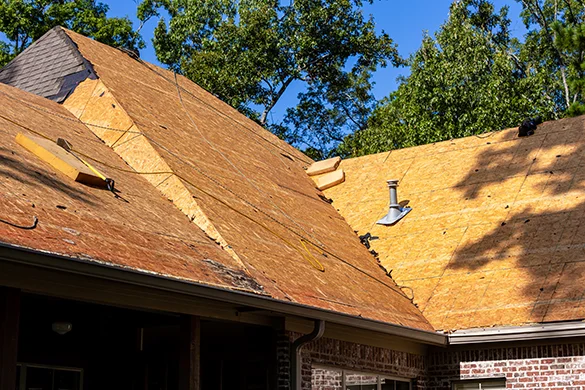
Why Fascia Damage Escalates Quickly
Fascia damage creates cascading problems that multiply exponentially when ignored. Compromised fascia allows water behind gutters into roof structures. This hidden moisture rots roof decking, destroys rafter ends, and saturates insulation. Mold grows in damp conditions, creating health hazards and expensive remediation requirements. What begins as minor fascia damage becomes major structural repair projects costing tens of thousands.
Pest infestations worsen through fascia openings. Squirrels and raccoons tear larger holes to access attics. Birds build nests attracting parasites. Bees and wasps establish colonies in protected cavities. Once pests gain access, removing them and repairing damage they cause far exceeds the cost of timely fascia repair. The compounding nature of fascia damage explains why experienced contractors emphasize early intervention.
Repair vs. Replacement: Making the Right Choice
Minor fascia damage sometimes allows repair rather than complete replacement. Small sections with isolated rot or cracks can be cut out and replaced with new material spliced in. This approach works when damage affects less than 25% of total fascia length and rot hasn't spread to rafter ends or roof decking behind fascia.
Complete replacement makes sense when damage exceeds 25%, multiple sections show problems, or underlying structural damage requires access fascia removal provides. Replacement also proves cost-effective when upgrading to superior materials like composite or PVC fascia that resist rot and require minimal maintenance. Many homeowners replace fascia during complete roof replacements since scaffolding access already exists, reducing total project costs significantly.
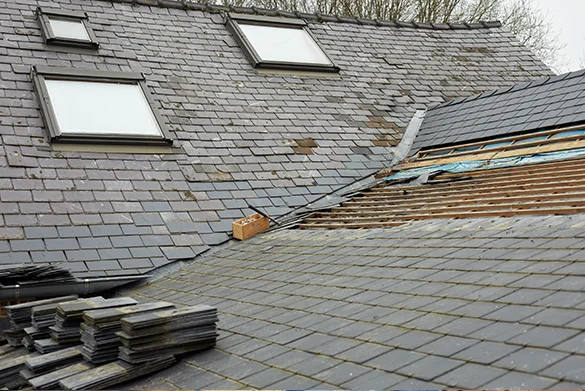
Material Options for Fascia Repair
Wood fascia remains common due to low material costs and ease of working with standard carpentry tools. Pressure-treated lumber resists rot better than untreated wood but still requires regular painting or staining. Cedar offers natural rot resistance and attractive appearance but costs more than standard lumber. All wood fascia eventually succumbs to moisture and requires periodic replacement regardless of quality.
Composite and PVC fascia eliminate rot concerns entirely. These synthetic materials withstand moisture indefinitely without deteriorating. They never need painting, though they come in limited colors. Installation costs more than wood due to specialized fastening requirements and material expenses. The long-term value proves excellent—composite fascia lasting 30-50 years versus wood's 15-25 year typical lifespan. Aluminum fascia wraps cover existing wood, providing protection without removal, though this approach only works when underlying wood remains structurally sound.
Professional Fascia Repair Process
Quality fascia repair begins with thorough damage assessment. Contractors inspect entire fascia perimeter, probing for soft spots indicating hidden rot. They check rafter ends and roof decking behind fascia for water damage. Gutter condition gets evaluated since failing gutters cause most fascia problems. This comprehensive inspection identifies all issues requiring attention, not just visible damage.
Repair work requires removing gutters to access fascia properly. Damaged sections get cut out and replaced with matching material. Rafter ends showing rot require sistering new lumber alongside damaged areas for structural support. New fascia installs with proper fastening into solid rafter ends using corrosion-resistant fasteners. Quality work includes priming all wood surfaces before installation and caulking all joints to prevent moisture infiltration. Similar attention to detail applies in professional flashing repairs requiring precision and proper materials.
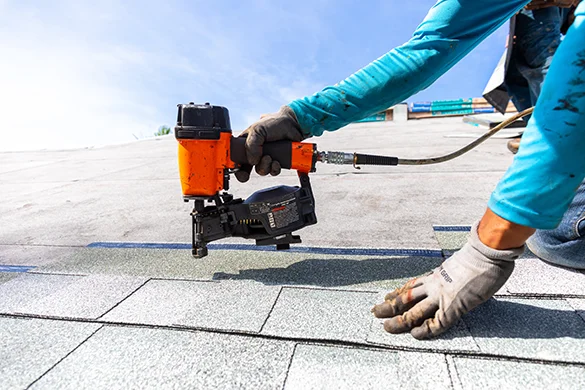
Gutter Considerations During Fascia Repair
Fascia repair provides the perfect opportunity to address gutter problems causing or contributing to fascia damage. Old, sagging gutters should be replaced rather than reinstalled on new fascia. Undersized gutters that overflow during heavy rain need upgrading to larger capacity systems. Adding gutter guards prevents clogs that cause overflow and fascia water damage.
Proper gutter pitch ensures water flows toward downspouts instead of pooling and seeping behind fascia. Gutter hangers spaced correctly—every 24 inches maximum—prevent sagging that pulls on fascia. Quality contractors coordinate fascia and gutter work as integrated projects rather than treating them separately. This comprehensive approach ensures repairs address root causes instead of just symptoms, preventing recurring problems.
Cost Factors in Fascia Repair
Fascia repair costs vary based on damage extent, material selection, accessibility, and labor rates. Simple wood fascia repairs average $6-12 per linear foot for labor and materials. Complete wood replacement runs $8-15 per linear foot. Composite or PVC fascia costs $12-25 per linear foot installed due to higher material costs.
Two-story homes require scaffolding or lift equipment increasing costs $500-1,500 depending on house perimeter. Rafter end repairs add $100-300 per rafter. Gutter removal and reinstallation adds $2-4 per linear foot. Painting or staining new wood fascia costs $3-5 per linear foot. While these expenses seem high, they're far less than the $5,000-15,000 roof deck replacement and structural repairs that result from ignoring fascia damage. Getting detailed estimates from qualified contractors helps budget appropriately for necessary work.
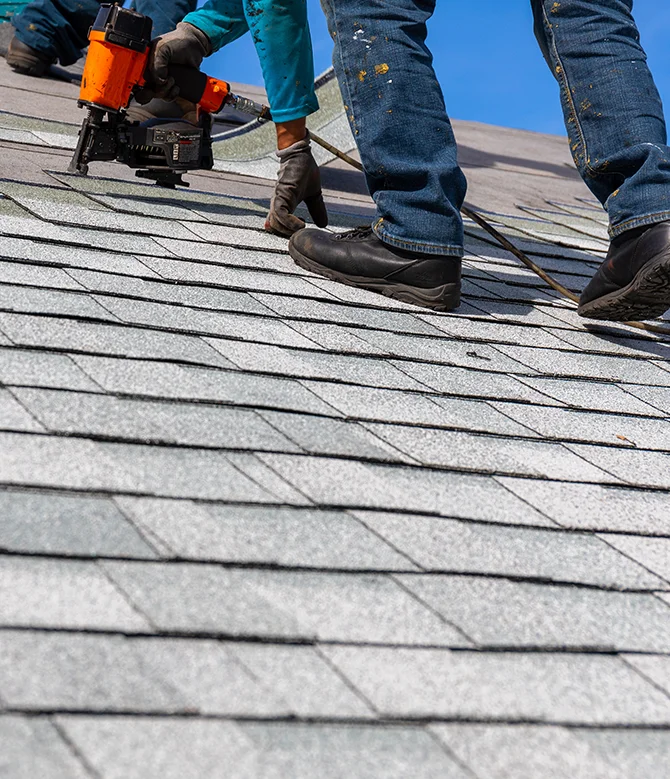
Preventing Future Fascia Damage
Maintaining properly functioning gutters represents the single most important fascia protection measure. Clean gutters at least twice annually—spring and fall—to prevent overflow. Install gutter guards to reduce debris accumulation and cleaning frequency. Repair gutter leaks immediately rather than allowing dripping water to damage fascia over time.
Regular fascia inspections catch problems early when repairs cost less. Check fascia annually for peeling paint, soft spots, or pest damage. Address woodpecker and carpenter bee activity promptly before extensive damage occurs. Paint or stain wood fascia every 5-7 years to maintain moisture barriers. These preventive measures extend fascia life significantly while protecting the larger roofing system fascia supports.
DIY vs. Professional Fascia Repair
Fascia repair tempts DIY-inclined homeowners but involves significant risks. Working at roof level requires proper safety equipment and fall protection most homeowners lack. Accurately assessing damage extent challenges even experienced carpenters—visible problems often hide more serious structural issues. Improper repairs waste money on temporary fixes that fail quickly.
Professional contractors bring expertise identifying all related damage requiring attention. They have proper equipment for safe high-elevation work. Quality contractors warranty their work, providing recourse if problems develop. Insurance covers any accidents during professional work, while DIY injuries create uncovered medical expenses and lost work time. For most homeowners, professional fascia repair proves safer, more reliable, and ultimately more cost-effective than DIY attempts. This principle applies equally to complex roofing repairs requiring specialized skills.

Timing Your Fascia Repair
Address fascia damage immediately upon discovery rather than delaying repairs. Unlike some home maintenance that can wait, fascia damage worsens rapidly. Every rain event drives more water into structures. Each freeze-thaw cycle expands cracks and rot. Pest damage escalates as animals create larger openings and establish permanent residence.
Spring and fall offer ideal fascia repair timing when temperatures remain moderate and precipitation decreases. Summer heat complicates working at roof level, though it doesn't prevent necessary repairs. Winter work proves challenging due to cold temperatures affecting materials and worker safety. However, emergency repairs sometimes can't wait for ideal conditions—active leaks or severe structural damage demand immediate attention regardless of season.
Finding Quality Fascia Repair Contractors
Fascia repair requires carpentry skills and roofing knowledge—not all contractors possess both. Seek roofers with specific fascia repair experience who understand how fascia integrates with roofing systems. Request photos of completed fascia projects and contact references asking specifically about fascia work quality and whether problems recurred.
Verify proper licensing and insurance covering both liability and workers' compensation. Fascia repair involves significant fall risks—inadequate insurance leaves homeowners liable for contractor injuries. Obtain detailed written estimates explaining material specifications, work scope, and timeline. Quality contractors inspect thoroughly before estimating, identifying all related issues rather than providing quick quotes that miss hidden damage. For professional fascia repair in Northern Virginia, contact Reston Roof at (571) 453-6515 for comprehensive assessments and expert repairs protecting your home's structural integrity.
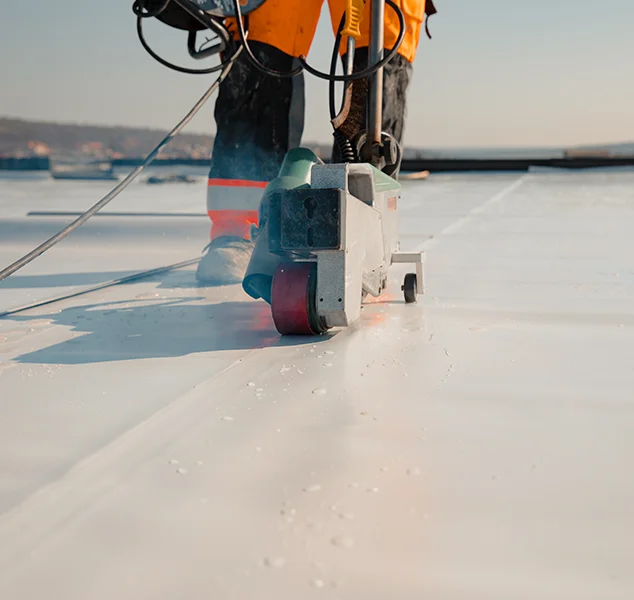
Long-Term Value of Quality Fascia Maintenance
Proper fascia repair and maintenance protects investments far exceeding repair costs. Preventing water infiltration into roof structures avoids $10,000+ roof deck and rafter replacement projects. Blocking pest entry eliminates expensive extermination and damage repair costs. Maintaining curb appeal preserves property values that deteriorated fascia diminishes significantly.
Consider fascia maintenance as insurance against catastrophic repair expenses. The $1,000-3,000 spent on timely fascia repair prevents the $15,000-30,000 structural repairs resulting from neglect. This cost-benefit calculation makes fascia maintenance one of the highest-return home improvement investments. Homeowners who prioritize fascia care alongside regular roof maintenance enjoy worry-free protection and lower total ownership costs over decades.